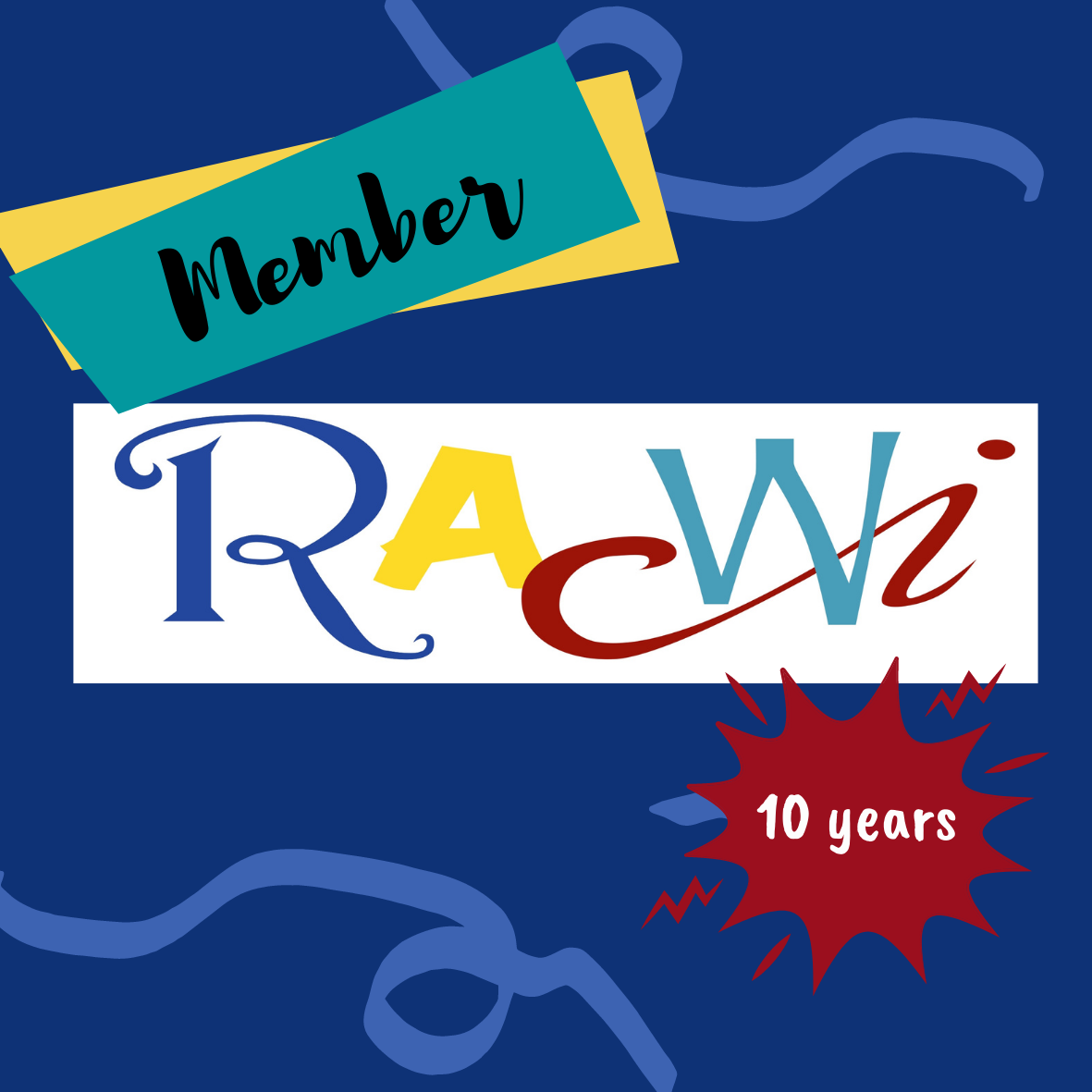The Beginning of the End
In Musket and the Cross, Walter Edmunds described how in 1627, French Cardinal Richelieu headed an association which had been granted control of the St. Lawrence River region. This company had a monopoly of the fur trade, and for 15 years a monopoly on all trade from and within Canada. Each year, the Company was to transport 300 settlers who had to be French and Catholic, settle them on cleared land of their own, and support them for three years. The goal was to bring pure-blooded, faithful French to create a new society. Within ten years, a priest in Quebec wrote of the devastating high death rate liquor caused for Natives, including women and girls, since they had a low tolerance to alcohol, and didn't eat when they drank.
By having a confederation, the Iroquois had a defense line from the Hudson River to Lake Erie that kept French soldiers from spreading south from Canada, Carl Waldman wrote in, Encyclopedia of Native American Tribes.
But, in History of the Pioneer Settlement of Phelps and Gorham’s Purchase and Morris Reserve, Orsamus Turner said that despite Native warriors' strength, French explorers did come from Canada and using a touch-and-take policy, claimed western New York for their king.
The King of England had granted Plymouth Company a tract of land called New England – from the Atlantic west, sight unseen, to the Pacific Ocean. Colonists began their settlements at New Plymouth, Massachusetts, in 1620. Western New York was considered part of French Canada or New France, when Dutch colonies began in New Amsterdam and Albany in 1621.
A marker at the Cattaraugus-Allegany Co. Line, in Hinsdale, Cattaraugus Co. reads “The discovery of petroleum at a Seneca oil spring in western New York was first recorded in 1627.”
My latest blog post. https://rokeefehistory.com/blog
#amreading; #RochesterNY; #LydiaBjornlund; #WalterEdmonds; #CarlWaldman; #OrsamusTurner; #Senecaoil; #PeaceLeague;



